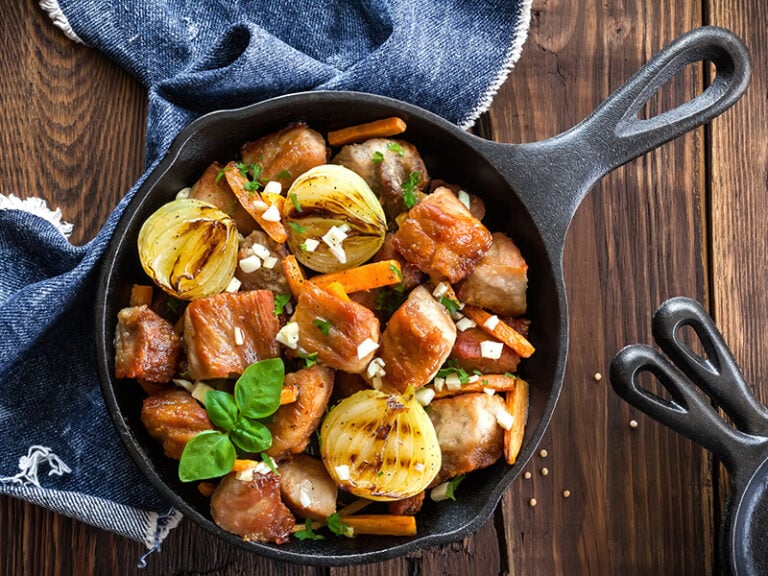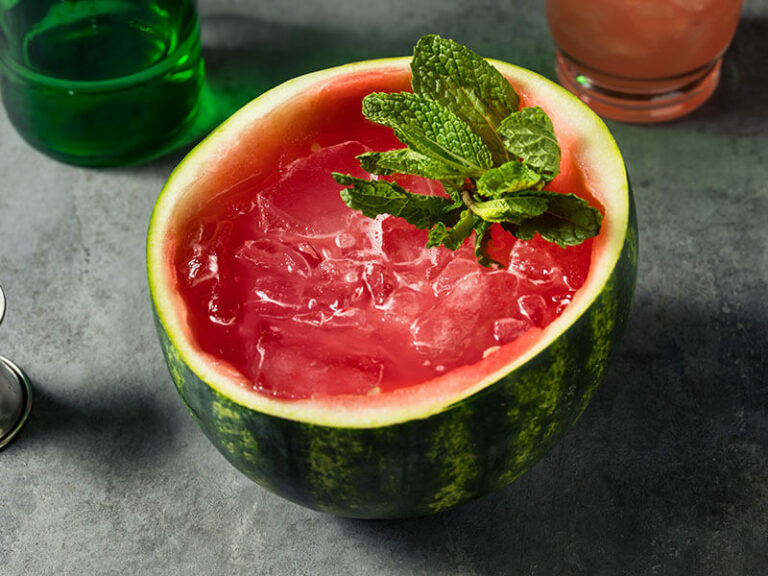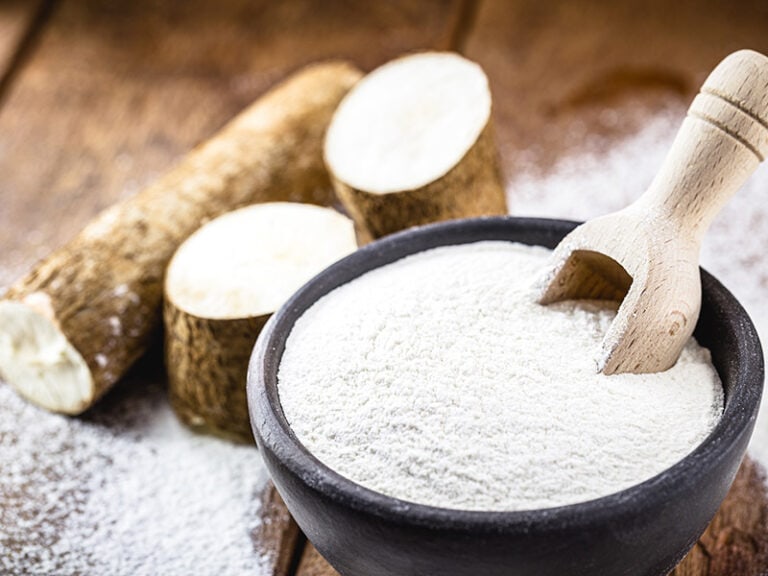Determining ceramic cookware’s pros and cons is the first important step in deciding whether it is worth buying. Though the introduction of this gadget has created a turning point in enhancing people’s cooking experience, it still has considerable disadvantages.
For those needing some advice for buying new ceramic cookware, you are in the right place. This article will provide you with the benefits and drawbacks of this gadget and more. Keep scrolling down to discover!
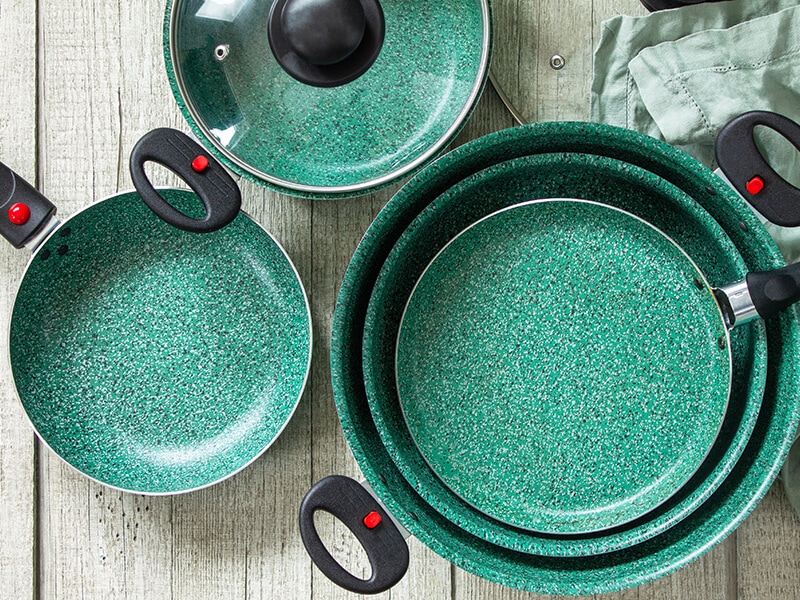
Things You Should Know About Ceramic Cookware
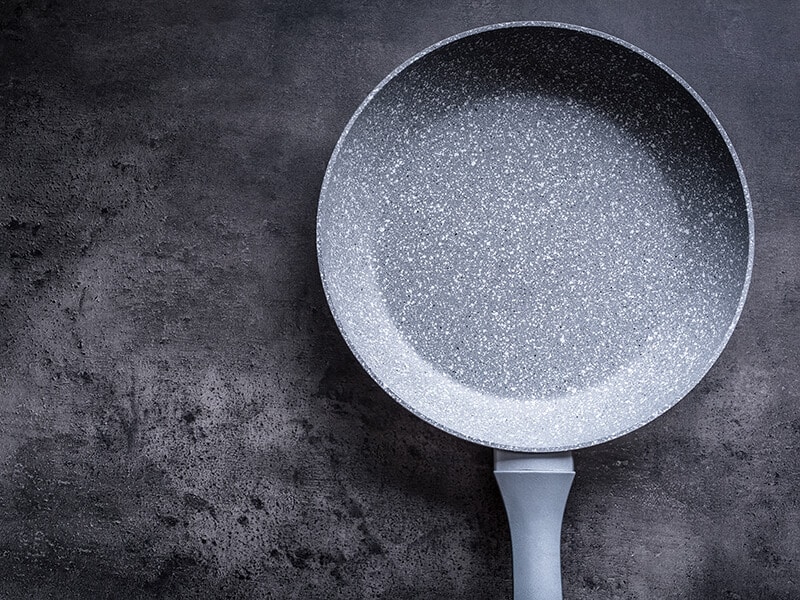
Ceramic cookware has two main types: pure ceramic cookware (or 100% ceramic cookware) and ceramic-coated cookware (or ceramic non-stick cookware). People make pure glazed cookware from minerals, quartz sand, and clay which is kiln-baked.
Unlike pure ceramic cookware, people make ceramic-coated cookware from metal, like aluminum or copper, in the base. After that, they use a sol-gel process for a ceramic non-stick coating.
This non-stick coating assists in distributing the heat on the entire surface, which makes you cook dishes evenly and quickly.
This fantastic kitchenware helps you avoid PTPE, PFOA, and heavy metals, which can cause thyroid disease, liver damage, and infertility (1) . Moreover, ceramic cookware also shields you from exposure to harmful substances when cooking with it.
The Pros Of Ceramic Cookware
When deciding to buy anything, people’s top priority is what benefits the products can bring to them. Therefore, it is understandable that ceramic cookware becomes a go-to gadget over time due to its tremendous upsides. Read on to discover!
Non-Toxic
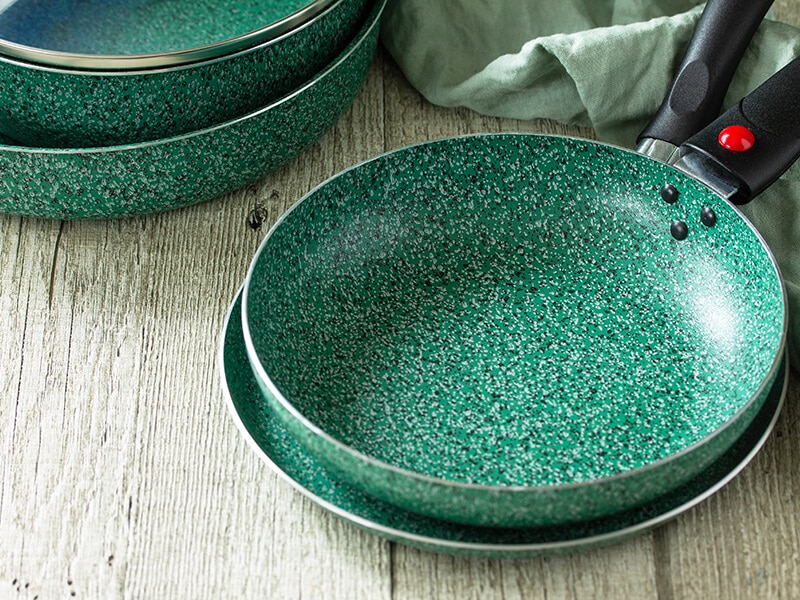
What makes ceramic cookware stand out from the rest is that it is free-toxic. As mentioned before, manufacturers make ceramic kitchenware from natural minerals, clay, and quartz, free of PFOA, PTFE (or Teflon), and heavy metals.
You don’t need to worry about the risks of toxic materials leaching into your dishes anymore, such as lead or cadmium. With ceramic utensils, you can make various tasty and healthy meals for your family.
When you are in a rush, you may overcook the dishes. With Teflon non-stick cookware, toxic fumes will be released into your food. But that won’t happen in the case of ceramic ones.
Eco-Friendly
If you desire to help save the planet, using ceramic kitchen utensils is one of the best ways. Manufacturers make cookware with a ceramic surface from natural materials, such as minerals and sand, which is good for the environment.
For instance, some popular brands report that the CO2 release of their products is 60% less than other traditional non-stick kitchenware.
Non-Stick Surface
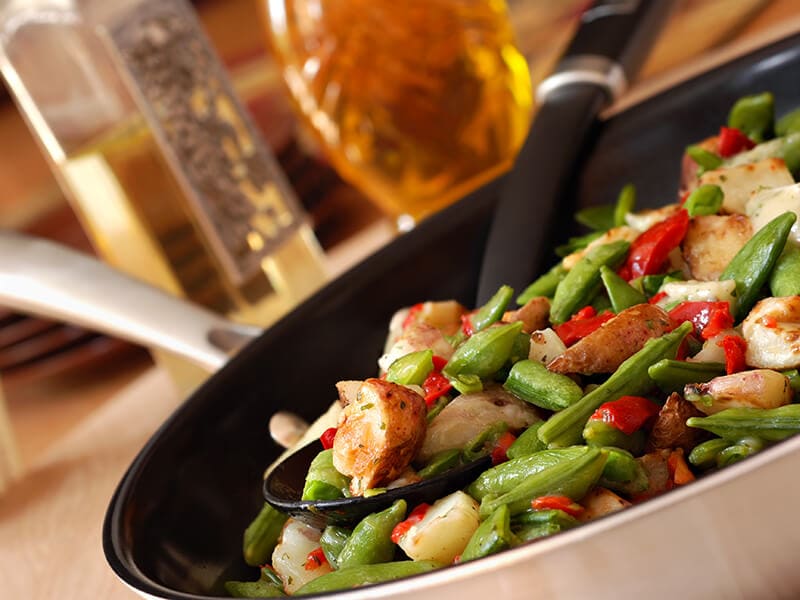
One of the most considerable upsides is its non-stick feature. Thanks to the silicone oil on the surface, you don’t need too much oil or butter to prevent your food from sticking to the pans or pots when frying, especially eggs and fish.
Therefore, you can flip your dishes easily and create delicious and beautiful foods. You can also save time for clean-ups and limit excess fat consumption. Nonetheless, this silicone layer can degrade over time and lose its non-stick surface.
With a ceramic pan, you can prevent eggs from sticking on the surface despite little butter usage.
Easy To Clean
As mentioned before, ceramic cookware has a silicone oil coating. Therefore, burnt pieces, sauces, and oil cannot stick too firmly to the surface. So you can wash them easily with simple tools such as warm water, a non-abrasive sponge, and dish soap.
NOTE: You shouldn’t use too-hard sponges and rub the surface of ceramic cookware with a strong force. This way will retain the non-stick coating in the long run.
Moreover, avoid using a dishwasher to clean ceramic glaze kitchenware because harsh chemicals in the dishwasher can damage the ceramic coating.
You can clean ceramic coating utensils without too much effort.
Save Energy
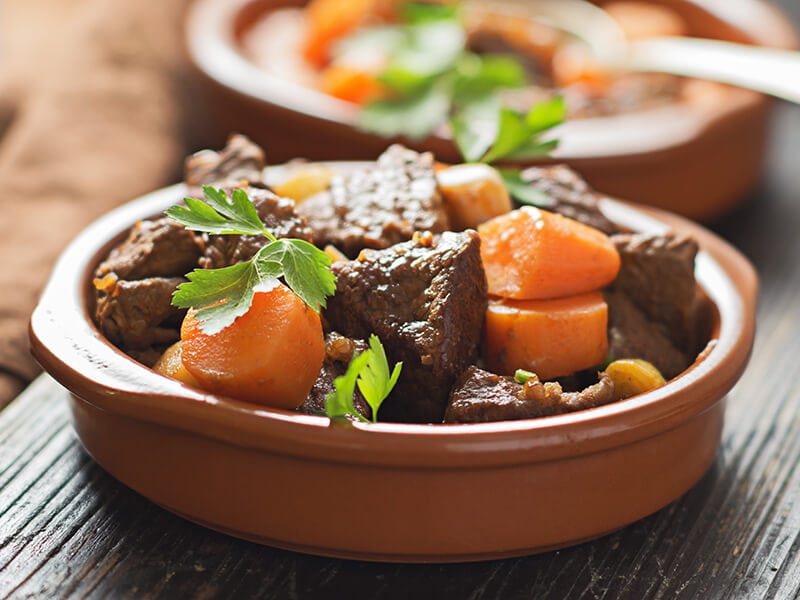
Ceramic kitchenware is known as an energy saver simply because it can heat up rapidly and remain the heat for ages. You don’t have to reheat the food even after cooking for a long time. Hence you can save power/fuel and your budget.
Moreover, its ability to retain heat is also a plus. You do not have to reheat your dishes before eating if you use ceramic utensils to store the food for hours.
Multiple Usages
You can use ceramic cookware for various purposes. Besides cooking, you can use them to preserve leftovers in the fridge. There won’t be any risky substances leaching into your leftover dishes.
Another reason is that ceramic cookware is an excellent heat retainer. It can stay warm and keep the heat for hours, which is ideal for keeping foods warm.
Ceramic utensils are also ideal for serving food directly at the table because of their lovely appearance. You can also save time transferring your food into other containers, like dishes or bowls.
Moreover, you can also utilize ceramic cookware as an attractive decoration for your kitchen counter.
High-Heat Tolerance
As mentioned above, ceramic utensils can handle higher temperatures than other cooking tools without emitting harmful fumes.
Because ceramic cookware manufacturers often use molten glass powder to make the porcelain enamel on the ceramic surface, it has perfect heat resistance.
For example, Xtrema 100 ceramic skillets can handle up to 2500℉/ 1371℃. Nonetheless, manufacturers recommend not using ceramic cookware for cooking at high temperatures for a long time. You can destroy its ceramic surface if you let it get too hot.
Some Are Compatible With Oven And Microwave
Thanks to the ability to withstand high heat, you can use ceramic in an oven, microwave, stovetop, etc.
Specifically, while Teflon cookware can tolerate high heat lower than 570℉ (299℃), ceramic kitchenware can heat up to over 500℉ (260℃) without releasing any toxic.
Non-Reactive To Acidic Foods
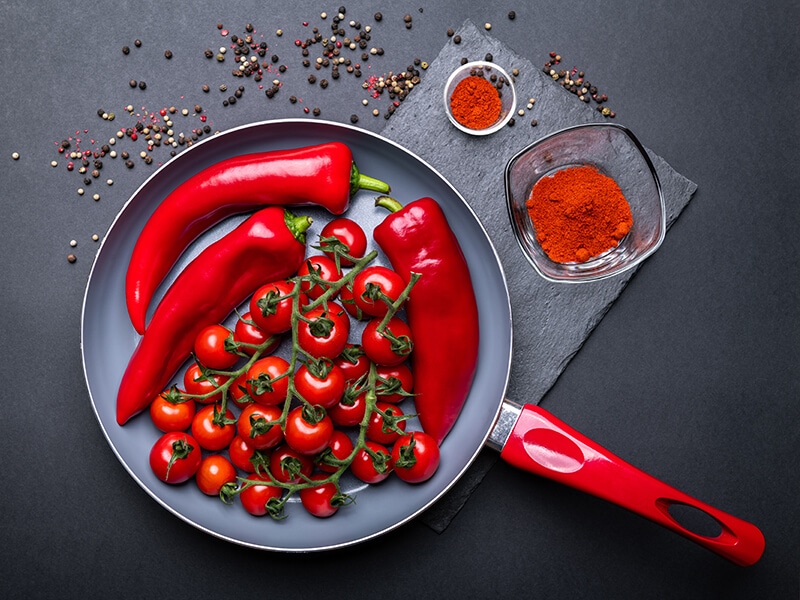
Generally, cookwares made with other heavy metals (iron, aluminum, copper, etc.) are reactive with acidic foods (vinegar, tomatoes, and citrus fruit). They can cause toxic substances to leach into the food.
Additionally, they tend to give the food an off taste and impart metallic flavor. Luckily, this problem doesn’t happen to ceramic cookware because it is non-reactive to acidic foods. Hence, you no longer worry about what ingredients to use when cooking with ceramic cooking utensils.
Hence, you can retain most nutrients in the foods. More importantly, due to ceramic cookware’s multitasking function, you can use it for cooking your favorite food with cooking methods that help preserve nutrients.
Colorful Designs
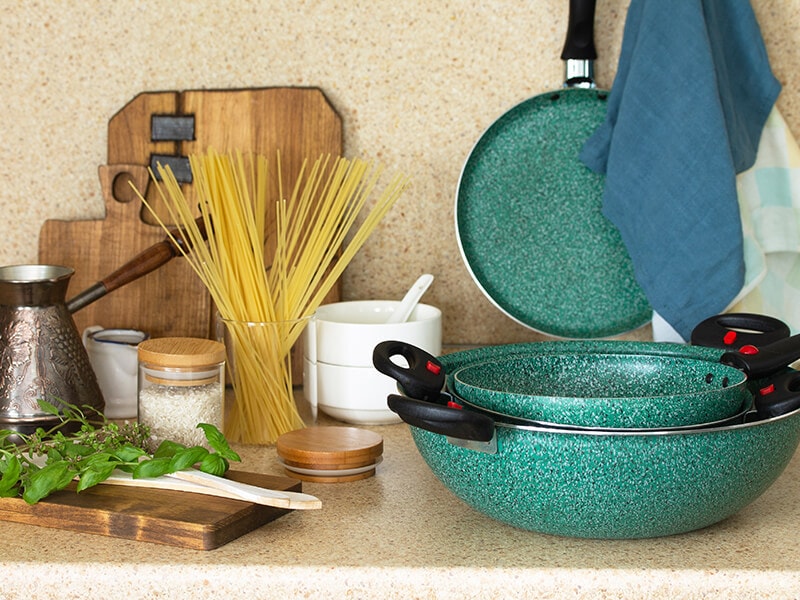
Ceramic cookware is the best choice if you want something fancy to decorate your kitchen. There is a wide range of ceramic options with colorful and attractive models.
Using ceramic cookware as a decoration will give your kitchen room a positive vibe, inspiring you to cook many delicious dishes to serve your loved ones.
Lightweight
If you find your cast iron pans too heavy to cook meals, you’d better change to ceramic ones. You can cook smoothly and quickly with the combination of lightweight aluminum and ceramic coating.
Therefore, you can also move them around your kitchen or bring them anywhere you want.
Affordable Price
Unless you want to spend a lot of money on high-quality cookware, ceramic one is worth buying. Every brand will have different product prices.
Compared to middle-end to top-notch stainless steel or cast iron cookware, the average ceramic kitchenware is comparatively more reasonable.
No Need For Seasoning In Advance
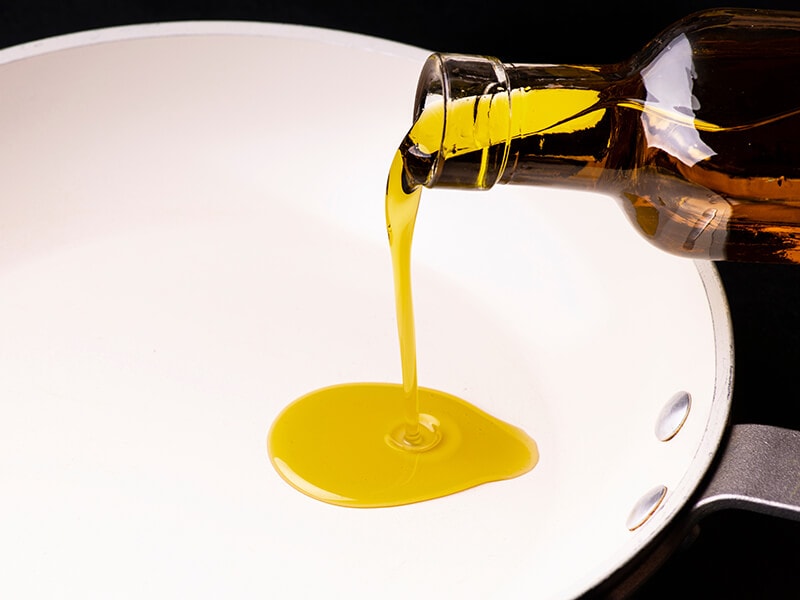
For most of the cookware, after buying it, you usually need to season it by putting oil or butter on the surface if you want to maintain its quality in the long run. However, when it comes to ceramic cookware, you can use it straight after buying.
If you want to season your ceramic cookware, you can make it within a few minutes.
The Cons Of Ceramic Cookware
Although there is a long list of ceramic cookware’s upsides, it also has several significant downsides. Here are some that you should consider.
Less Durable Ceramic Coating
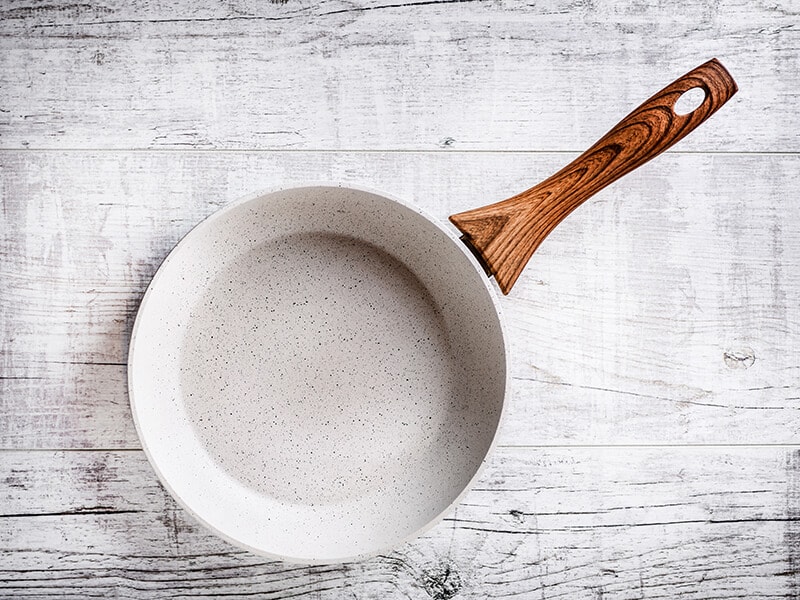
The minimal durability of ceramic-coating cookware is one of the most significant downsides. Although the non-stick ceramic coating can prevent foods from sticking to the surface, this coating cannot last for long, even when used carefully.
When the surface loses its ceramic coating, the food will stick firmly to the pans or even burn. You only have one option at this stage: Buy a new set. And that will cost you a fortune in the long run.
Distributing Heat Unevenly
Since manufacturers make ceramic cookware with natural sands and multiple nanoparticles, then cover them with many layers, the food cannot contact the core directly.
Besides, the surface distributes heat unevenly, which could lead to a different temperature for every part of the food. Therefore, you will find it difficult to have excellent even dishes.
Also, you will get in trouble cooking steak with ceramic cookware. Because steak has various levels of doneness (from rare to well-done), it needs an even heat to cook perfectly. However, ceramic cookware lacks this feature and cannot create the resulting dishes you expect.
Not Good For Dishwashers
A dishwasher is not recommended when cleaning up ceramic utensils as its chemicals will spoil the ceramic coating. If you have a hectic life, this problem will be challenging as you need to spend more time washing by hand than in a dishwasher.
NOTE: If your ceramic kitchenware is damaged due to dishwasher use, many companies will not be responsible for providing a warranty for such cases.
Not Metal Utensils Safe
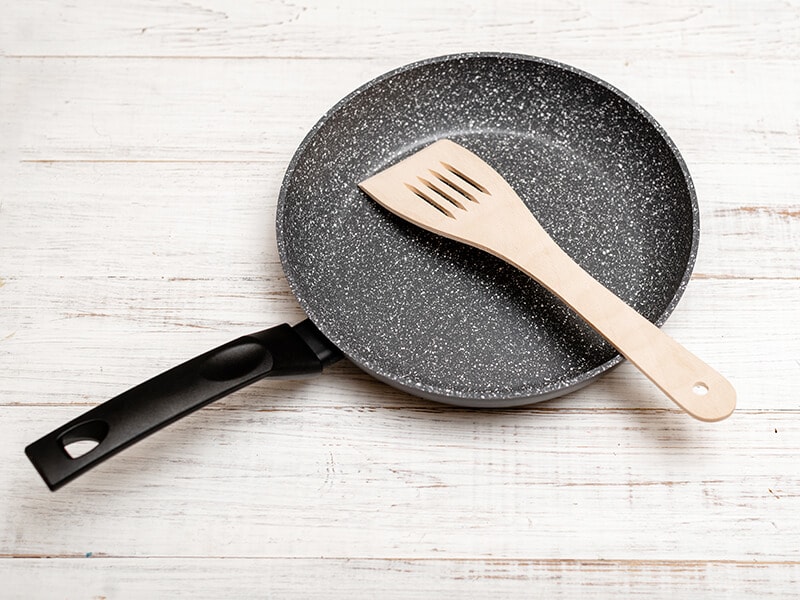
You should avoid using metal utensils for cooking with ceramic cookware unless you want the coating to wear off soon.
Moreover, cooking with metal kitchen tools is unsafe because they can peel off the ceramic coating. Hence, harmful substances from the coating can be released into your dishes. You can get food poisoning or have other health problems.
To maintain the coating’s lifespan, you should use nylon or wooden goods instead of metal utensils when cooking with ceramic cookware.
Lack Of Safety Studies
Because ceramic cookware is relatively new to the market, a few safety studies are related to these goods.
For example, it is hard to find evidence about whether ceramic cookware consists of lead or if it is unharmful to be exposed to silicone oil released on the ceramic surface. Although there are many questions about its safety, ceramic cookware is still worth buying.
Be Flimsy
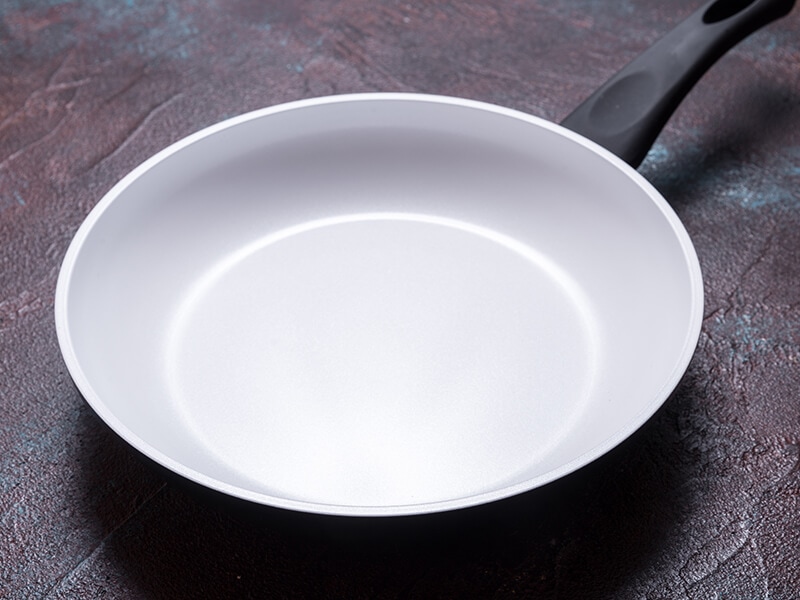
Although ceramic cookware is a lightweight product, its surface is relatively thin. You may ruin your ceramic cookware if you cook a large amount of heavyweight food with it.
The cheaper the ceramic cookware is, the flimsier it may be. When exposed to high temperatures, the ceramic kitchenware is easy to warp, which could degrade its quality over time.
Only Some Brands Are Oven-Safe
Oven-safe cookware can withstand the high heat in the oven (up to 500℉/ 260℃) of kitchen utensils for a long time without melting or getting damaged.
Not all ceramic cookware brands have oven-safe, and this can limit your cooking methods. So you need to read and understand the products’ instructions before purchasing.
And even when your ceramic utensils can handle oven temperatures, high heat can destroy the ceramic coating if you overcook for a long time. Therefore, you can only cook with ceramic utensils at low to medium heat.
Stainless steel kitchenware would be better if you want to cook something that needs high heat.
Some Brands Are Induction-Compatible
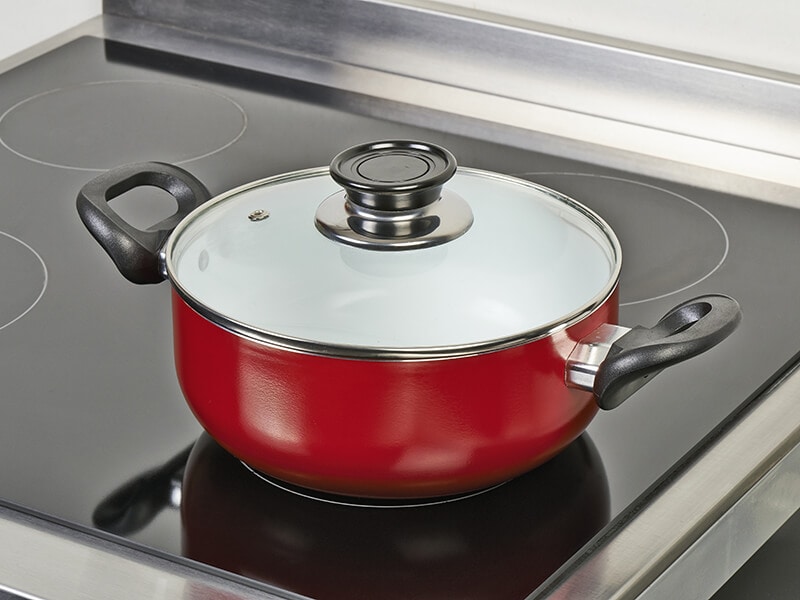
Many brands use copper or aluminum to make ceramic cookware cores. However, induction tops will not heat these materials since their magnetic field cannot create a concentrated current.
A few brands make their cookware base with stainless steel or cast iron, so you need to read the brands’ information before buying.
More Expensive Than Traditional Non-Stick Pans
In comparison to traditional non-stick pans, ceramic ones can be more expensive. If you only need some non-stick cookware without concerning special usage, standard non-stick pans are more affordable and suitable for your pocket.
Best Ceramic Cookware Brands
Here are the top four well-known brands you should know to buy quality ceramic cookware at fair prices.
GreenPan
With the introduction of GreenPan ceramic non-stick in 2007, there has been a massive change in how people cook. There are many advantages to using ceramic non-stick cookware of this brand, especially GreenPan SearSmart Hard Anodized Ceramic Non-stick.
Its fry pans have a large surface with various colors and models, making them more attractive and helpful. Moreover, it can stand high heat up to 600 ℉/ 315 ℃ and has metal utensil safety due to its diamond-infused coating.
GreenLife
GreenLife belongs to the same company as GreenPan, and its cookware is manufactured in China with the mission of bringing healthy cooking to consumers worldwide.
Its products stand out since they have various models and colors, suitable for those who prefer decorating their kitchen with colorful utensils. You should try GreenLife Soft Grip Healthy Ceramic Non-stick to have a better cooking experience.
Cuisinart
Carl Sontheimer established this American houseware company in 1971 to bring safe and healthy kitchen appliances to customers worldwide. Cuisinart Advantage Ceramica XT Cookware Set should be your go-to cookware set.
With seven products, you can cook various foods with multiple cooking methods. Thanks to their premium titanium non-stick cooking surface, every piece is light and durable. Moreover, this set is oven-safe up to 350 ℉/ 178 ℃.
T-Fal
Tefal (or T-fal) is a French cookware brand established in 1968. The company has a wide range of non-stick cookware and home appliances. One of the most noteworthy ceramic cookware sets you should try is T-fal G918SE56 Initiatives Ceramic Thermo-Spot Heat Indicator.
Six items in this set have a ceramic interior that is stain, and scratch-resistant, dishwasher-safe, and toxic-free. Moreover, these products can withstand high temperatures up to 570 ℉/ 299℃ and are oven-safe to 350℉/ 178℃.
Taking Care Of Ceramic Cookware Is Essential
No matter how high-quality your ceramic kitchenware is, you need to take care of it properly. Here are some principles that you should consider.
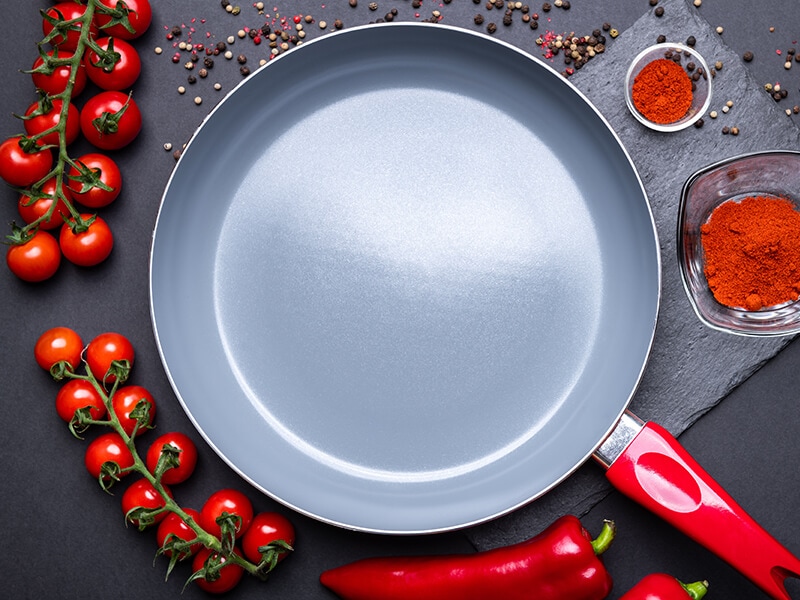
Cleaning Your Ceramic Cookware Properly
Knowing how to clean your ceramic kitchenware correctly is essential in ensuring your food safety and ceramic cookware’s quality. Depending on how hard the food sticks to the ceramic surface, you need to apply distinctive methods.
Cleaning Normal Food
Here are some steps to clean normal food after using it.
Step 1: Before cleaning your ceramic kitchenware, let it completely cool. When hot ceramic utensils come in contact with cold water, the sudden temperature change will degrade the ceramic coating over time.
Step 2: After cooling off your ceramic cookware, you can use a wooden spoon to remove the food and other items as much as possible.
Step 3: Then, put your ceramic cookware in the sink and wet it with warm water.
Step 4: After that, use a soft sponge to wash it carefully and gently.
Step 5: When there is no food on the surface, rinse all sides of your ceramic utensils with warm water to ensure they are thoroughly clean.
Step 6: Lastly, use a soft cloth to dry them and store them for the next use.
Cleaning Burnt Food And Hard Stains
When it comes to burnt food and hard stains, you need to use unique cleaning methods to get them out without using too much force and damaging the ceramic coating.
Step 1: Soak them in warm soapy water for about 15 minutes until you see these burnt food and hard stains are loose enough to wash them off.
NOTE: If burnt food and hard stains still stick to the ceramic surface, you can pour water into it and boil it. You can add some baking soda while boiling and try to scrub in a circular motion as much as possible.
Step 2: After your ceramic cookware is free of burnt food and hard stains, you can use a non-abrasive cloth or paper towels to dry your ceramic utensils.
Cleaning burnt foods or hard stains is not a tricky business at all.
Storing Your Cookware
Because ceramic cookware is quite easy to break, you need to pay more attention when storing them. After cleaning, you should place your ceramic utensils into a closed cupboard. Once you drop them unintentionally, they may break easily.
To save kitchen space, most people stack ceramic pans on top of each other. But I don’t recommend doing that since the pressure of the ones above may break the ones below.
However, you can solve this problem by placing a piece of tissue or soft cloth between two pans to prevent your ceramic pans from breaking by direct contact.
FAQs
If you want to know more about ceramic cookware, this section will give you the answers to several questions that people usually ask.
Is Ceramic Cookware Worth It?
Are you satisfied with the information in the article? You know, every coin has two sides, and ceramic cookware is no exception. The advice is to take advantage of ceramic cookware’s strengths for your cooking process and limit its disadvantages as much as possible.
One last thing is that ceramic kitchenware is always worth investing in, whether your aim is to save time for cooking or try to pursue healthy eating habits.
I can’t wait to see your view in the comment section. Why don’t you like and share this article with your friends to help them choose suitable ceramic cookware?
References
- Baking stone (2022) Wikipedia. Wikimedia Foundation
- Template:smoke point of cooking oils (2022) Wikipedia. Wikimedia Foundation.


